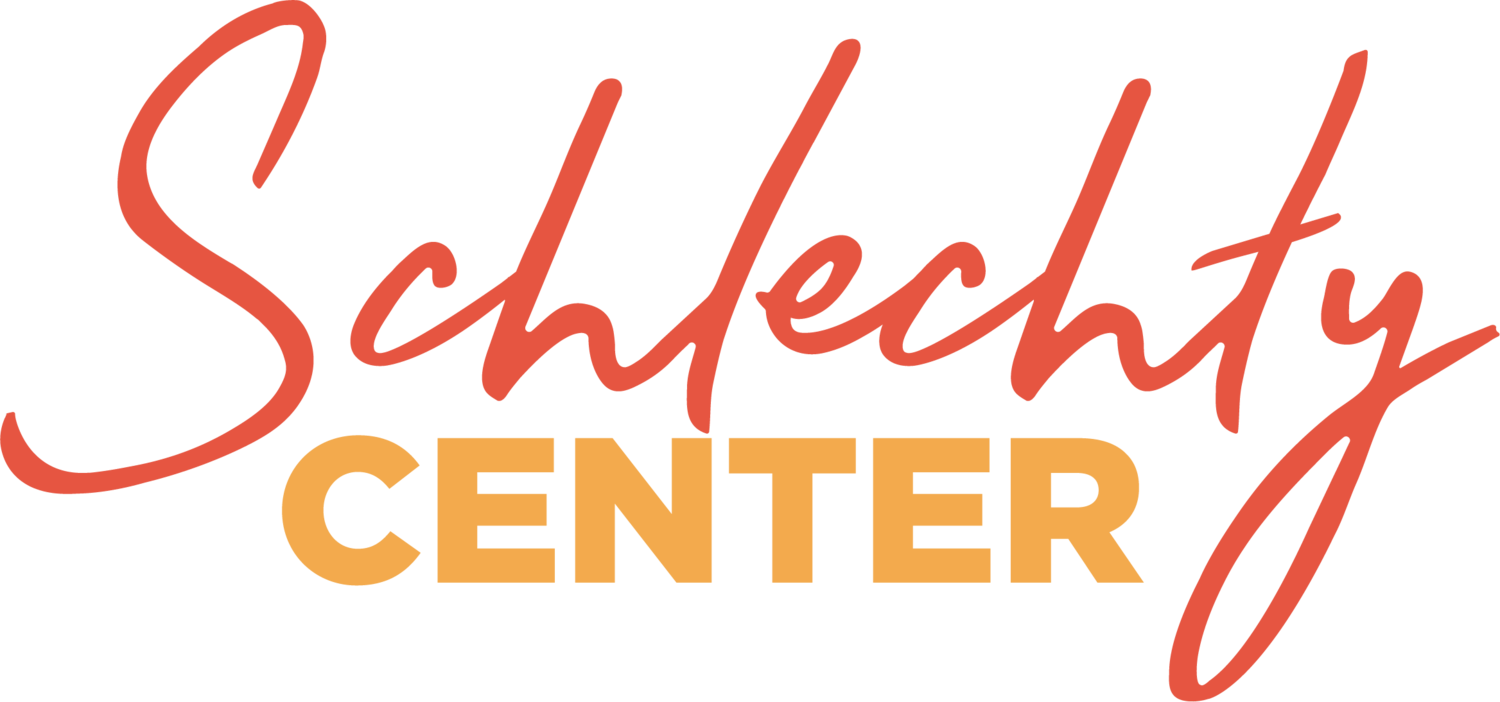Strategic planning. We've all been there. As teachers, we likely had our first experience serving on a committee to write action plans. As administrators, we perhaps were involved in the larger planning of goals. As senior administrators, we may have had the task of coordinating stakeholders like school board members and community representatives in order to get their input.
And when we were done, we held a notebook in our hands with well-typed pages about our vision, our mission, our goals, and the actions we would take to implement the plan.
We hoped the plans came to life. In the best of circumstances, we did our level best to implement the plans we wrote. But all too often, our plans ended up on a bookshelf, lucky to get an annual review as we returned to the day-to-day realities of running our schools.
We can do better.
Strategic planning should support the core business of schools rather than become the core business of schools. It is time to go beyond strategic planning and move up to a Strategic Change Agenda.
While most school districts have strategic plans in place, there are often a multitude of additional plans, driven by various mandates, living alongside those strategic plans. Furthermore, strategic plans tend to address tactics instead of strategies that reflect the current changing context and create a focus on the future. Lack of coherence and an emphasis on tactics often causes weak implementation, frustrated stakeholders, and the dubious "notebook on a shelf" syndrome.
If it is the intent of district leaders to continually improve their organizations without introducing changes that challenge the current culture and structure of the district, then a traditional strategic plan may be in order. On the other hand, if the current culture and structure inhibit the capacity of the organization to successfully meet the needs of students and community, then a different process is called for.
A Strategic Change Agenda creates an opportunity for school districts to transform traditional strategic planning into an active, actionable, nimble process that maps a customized path for positive change.
A Strategic Change Agenda replaces traditional strategic planning with a guided strategic thinking process. Leader aspirations and district capacity come together to co-create a path of action steps and milestones that will engage the entire stakeholder community in envisioning, supporting, and sustaining quality education for students. A Strategic Change Agenda goes beyond a strategic plan to create a new way of thinking and problem solving that will allow districts to sustain innovation in the face of future changes and challenges.
In short, a Strategic Change Agenda places more emphasis on the following:
- The changing context in which school districts operate
- The capacity of the organization to focus on the future, maintain direction, and act strategically
- Understanding the needs, interests, and motives of the stakeholders affected
- Assessing progress as well as performance
- Accountability based on trust
- Having those who implement action plans develop them
- Student, staff, and community engagement
- Becoming a learning organization
- Turning aspirations into reality
- Lasting change
It's time to move beyond strategic planning and embrace a Strategic Change Agenda. Interested in learning more? Contact us for more information.
The Engagement People

